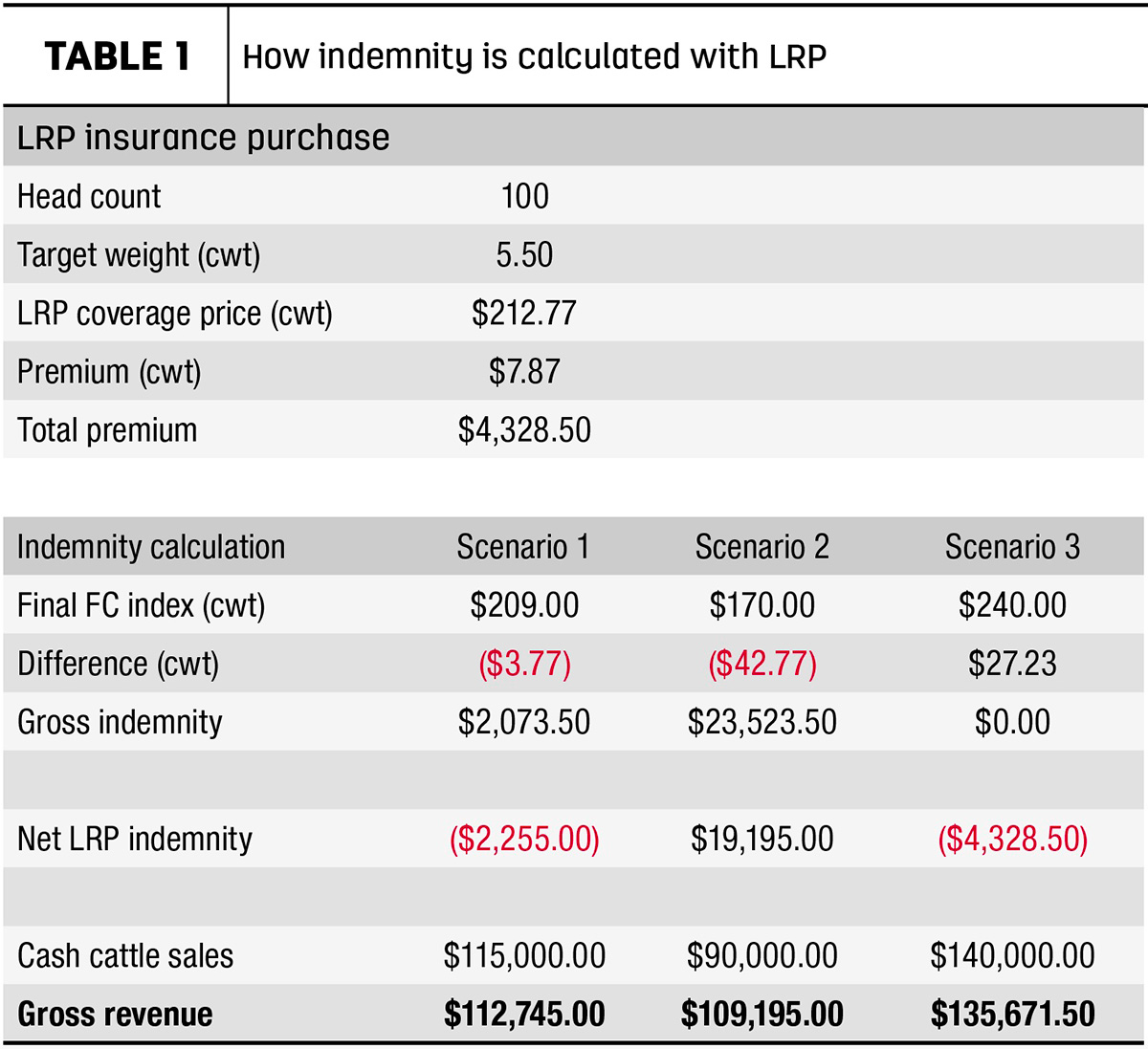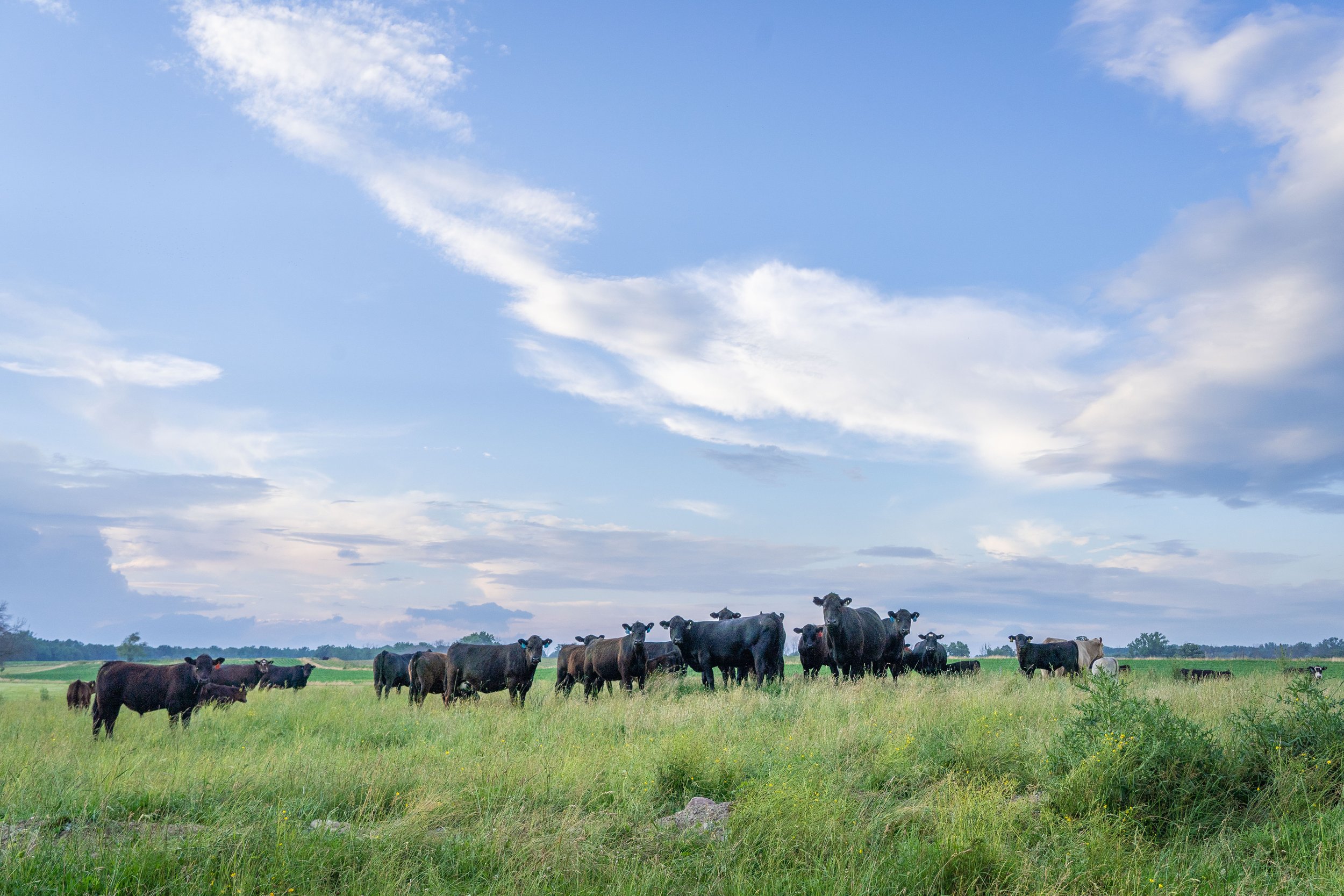Bagley Risk Management Solutions: Your Guard Versus Unpredictability
Bagley Risk Management Solutions: Your Guard Versus Unpredictability
Blog Article
Recognizing Animals Risk Defense (LRP) Insurance Coverage: A Comprehensive Guide
Navigating the realm of animals danger defense (LRP) insurance policy can be a complex endeavor for lots of in the agricultural field. This kind of insurance policy supplies a safeguard versus market fluctuations and unforeseen scenarios that could affect livestock producers. By comprehending the intricacies of LRP insurance coverage, producers can make enlightened decisions that may safeguard their operations from economic risks. From exactly how LRP insurance coverage works to the numerous coverage alternatives offered, there is much to uncover in this thorough overview that could potentially form the way animals manufacturers come close to danger administration in their organizations.

Just How LRP Insurance Works
Sometimes, comprehending the technicians of Animals Danger Defense (LRP) insurance policy can be complicated, but breaking down how it works can offer clarity for ranchers and farmers. LRP insurance coverage is a risk monitoring device designed to shield animals manufacturers against unanticipated cost declines. The policy allows manufacturers to establish a coverage degree based upon their specific requirements, selecting the variety of head, weight array, and coverage cost. Once the policy is in area, if market prices fall below the protection rate, manufacturers can sue for the distinction. It is essential to note that LRP insurance coverage is not an income warranty; instead, it concentrates only on price danger defense. The coverage duration commonly varies from 13 to 52 weeks, offering versatility for producers to select a duration that lines up with their production cycle. By using LRP insurance policy, breeders and farmers can minimize the monetary threats connected with varying market rates, making certain greater stability in their procedures.
Qualification and Insurance Coverage Options

When it concerns insurance coverage options, LRP insurance supplies manufacturers the adaptability to select the protection level, protection duration, and recommendations that best fit their risk administration needs. Insurance coverage degrees normally vary from 70% to 100% of the anticipated ending worth of the insured livestock. Producers can likewise pick insurance coverage periods that straighten with their production cycle, whether they are guaranteeing feeder cattle, fed livestock, swine, or lamb. Recommendations such as cost danger protection can further customize protection to shield versus negative market variations. By recognizing the qualification criteria and insurance coverage alternatives offered, livestock producers can make educated choices to handle danger successfully.
Pros and Disadvantages of LRP Insurance
When reviewing Livestock Danger Security (LRP) insurance coverage, it is important for livestock producers to weigh the advantages and drawbacks inherent in this risk management tool.

One of the primary benefits of LRP insurance is its capability to provide protection versus a decline in livestock prices. In addition, LRP insurance policy uses a level of flexibility, allowing manufacturers to tailor coverage degrees and policy durations to fit their specific demands.
Nonetheless, there are likewise some downsides to take into consideration. One restriction of LRP insurance policy is that it does not safeguard against all hop over to these guys sorts of threats, such as condition break outs or natural disasters. Costs can sometimes be expensive, specifically for producers with huge livestock herds. It is crucial for producers to very carefully examine their specific danger exposure and financial circumstance to establish if LRP insurance is the ideal risk management device for their procedure.
Comprehending LRP Insurance Premiums

Tips for Taking Full Advantage Of LRP Advantages
Making the most of the benefits of Livestock Danger Security (LRP) insurance needs critical preparation and positive risk administration - Bagley Risk Management. To take advantage of your LRP insurance coverage, consider the complying with suggestions:
On A Regular Basis Evaluate Market Problems: Remain notified regarding market fads and cost changes in the livestock market. By monitoring these factors, you can make educated decisions about when to acquire LRP protection to protect versus potential losses.
Set Realistic Coverage Degrees: When picking coverage degrees, consider your manufacturing costs, market price of animals, and possible threats - Bagley Risk Management. Establishing practical insurance coverage degrees makes sure that you are sufficiently secured without overpaying for unnecessary insurance
Diversify Your Protection: Rather than relying solely on LRP insurance, consider expanding your risk monitoring techniques. Incorporating LRP with other threat management tools such as futures contracts or options can give detailed Full Report insurance coverage against market unpredictabilities.
Review and Change Insurance Coverage On a regular basis: As market conditions change, regularly review your LRP insurance coverage to guarantee it straightens with your current danger direct exposure. Adjusting insurance coverage degrees and timing of purchases can assist enhance your threat protection approach. By following these tips, you can take full advantage of the benefits of LRP insurance and secure your livestock operation against unanticipated threats.
Conclusion
Finally, animals threat defense (LRP) insurance coverage is an important tool for farmers to manage the monetary risks connected with their animals procedures. By recognizing just how LRP functions, eligibility and protection alternatives, as well as the advantages and disadvantages of this insurance policy, farmers can make enlightened decisions to protect their livelihoods. By thoroughly thinking about LRP costs and carrying out techniques to maximize advantages, farmers can alleviate potential losses and make sure the sustainability of their operations.
Livestock producers interested in acquiring Animals Risk Protection (LRP) insurance can check out a variety of eligibility requirements and coverage alternatives tailored to their particular livestock operations.When it comes to protection options, LRP insurance offers manufacturers the adaptability to pick the coverage level, coverage duration, and recommendations that finest fit their danger management demands.To grasp the details of Animals Danger Protection (LRP) insurance totally, recognizing the factors affecting LRP insurance policy premiums is vital. LRP insurance policy premiums are established by various elements, consisting of the insurance coverage degree selected, the expected rate of animals at the end of the insurance coverage period, the type of animals being insured, and the length of the insurance coverage period.Review and Change Protection Regularly: As market conditions change, occasionally assess your LRP insurance coverage to ensure it straightens with your existing risk direct exposure.
Report this page